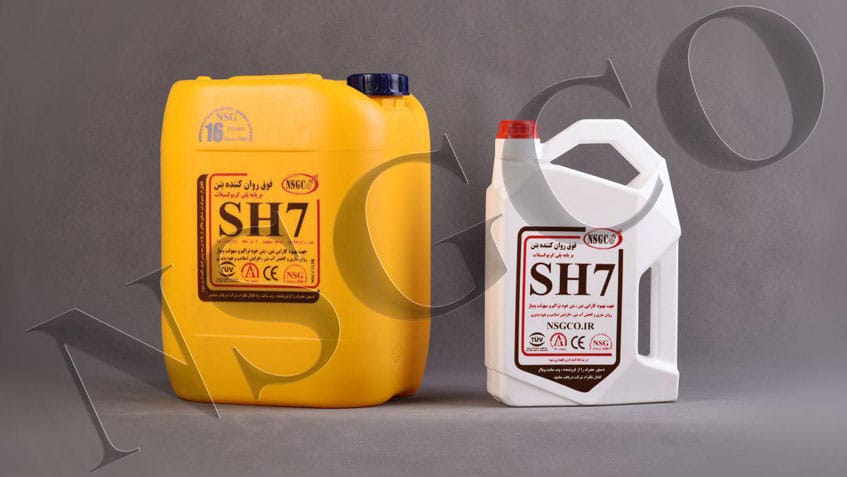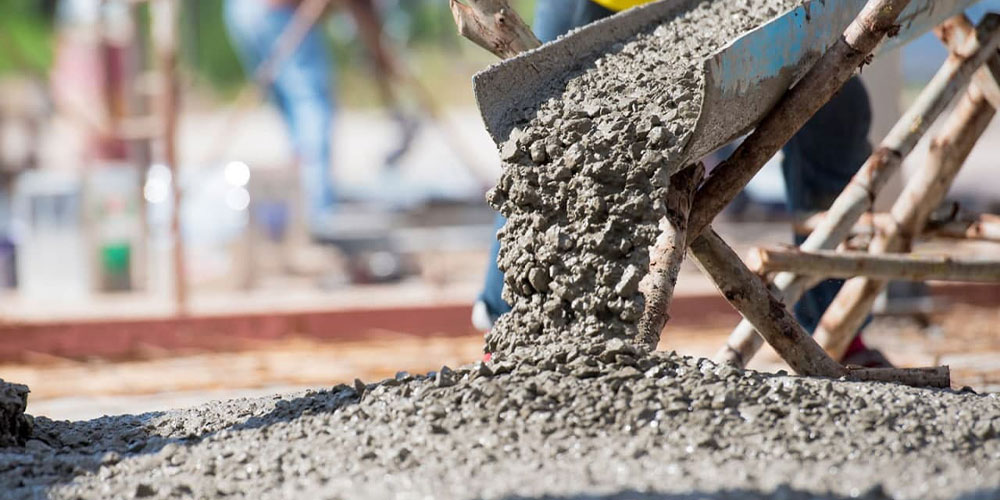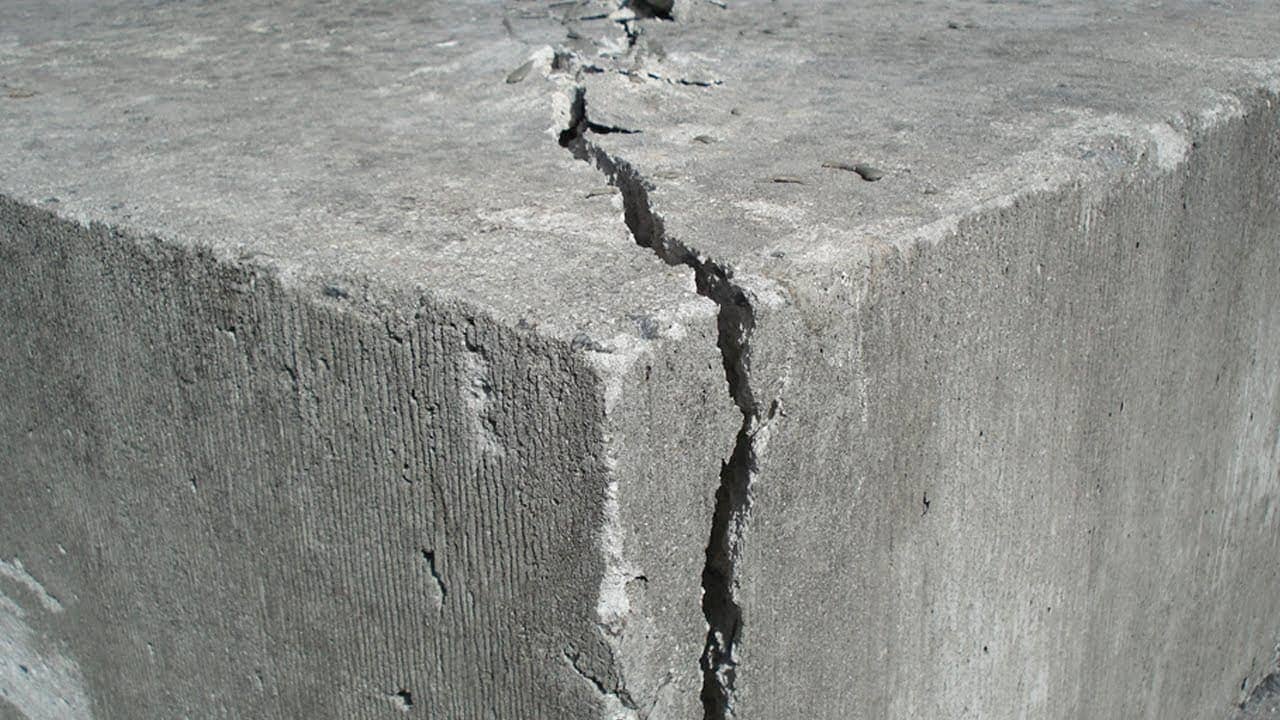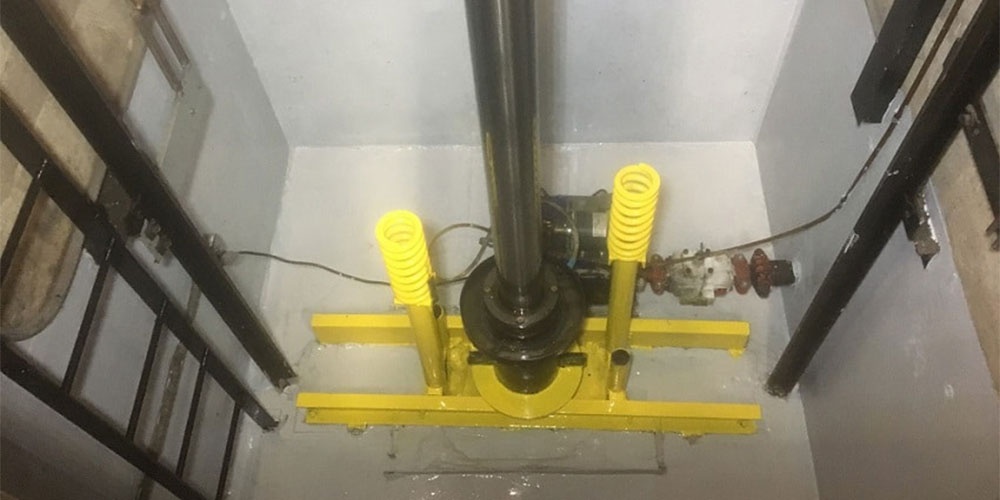The use of water-based acrylic polymers, known as polycarboxylate resins, is widely applied in the concrete industry as a powerful plasticizer. The efficacy of these synthetic compounds is significantly higher than that of older products based on sulfonated naphthalene formaldehyde and sulfonated melamine formaldehyde. They are typically recommended for use in concrete with water-to-cement ratios lower than 40%, and care must be taken to prevent bleeding and segregation in higher ratios.
Recent studies and experiences have shown promising results regarding the combination of lignosulfonate and polycarboxylate plasticizers, which not only improve workability but also achieve setting time control objectives.
The unique feature of polycarboxylate resins compared to other plasticizers is the ability to synthesize a variety of these compounds. While there are limitations with lignosulfonate, naphthalene, and melamine plasticizers, this is not the case with polycarboxylate compounds.
The SH7 superplasticizer from NSG is a concentrated brown liquid superplasticizer that is chlorine-free. Its advantages include increased compressive strength of concrete at various ages, improved performance and workability, maintenance of slump over extended periods, reduction of water mixing by up to 30% while maintaining fluidity, better adhesion of concrete to reinforcement, ease of pumping application, enhanced permeability properties of concrete, and savings in water and cement consumption.









